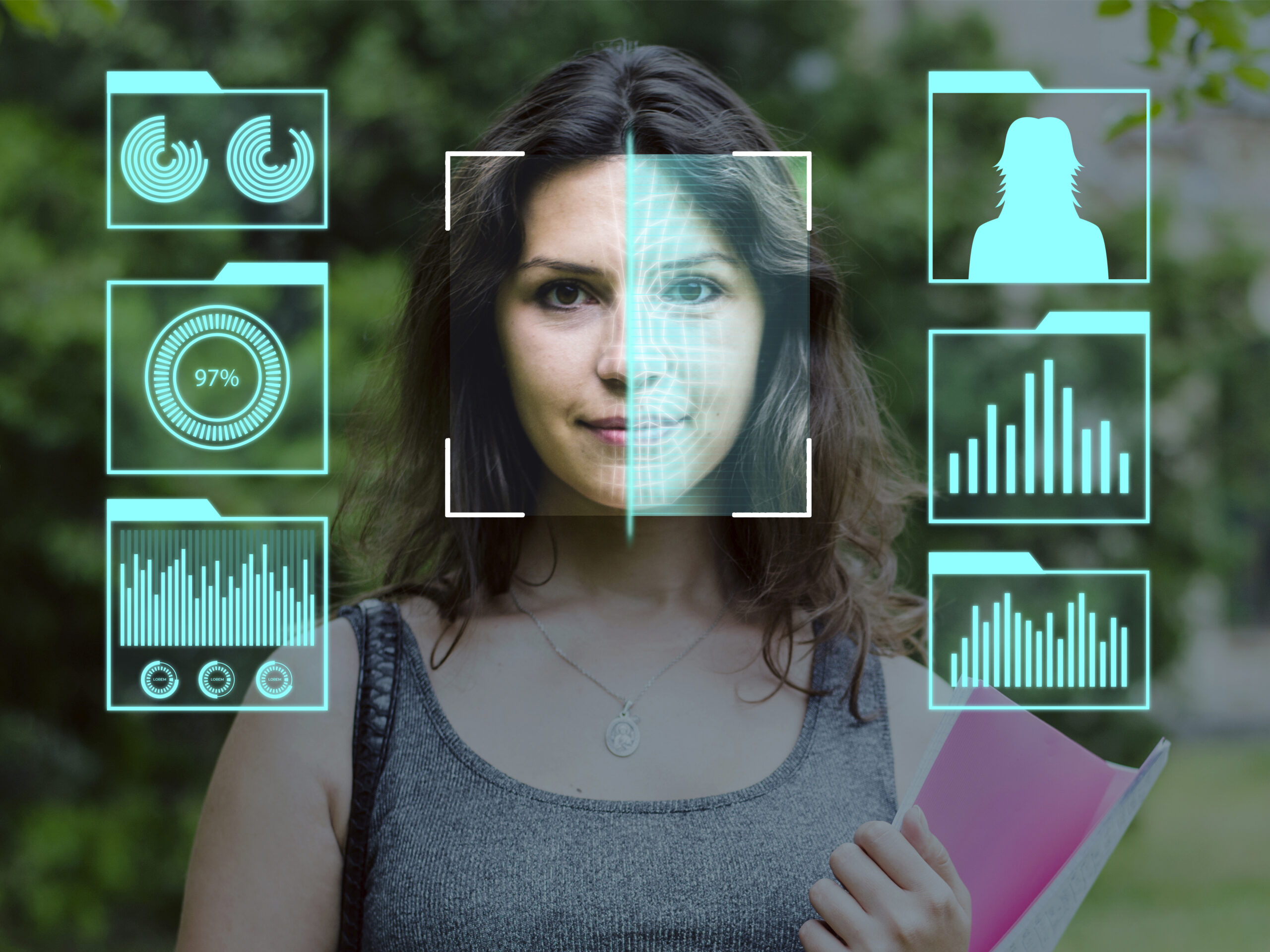Introduction:
Human-computer interaction (HCI) has seen transformative advancements over the last few decades, thanks in large part to cutting-edge sensor technologies. Gesture recognition, a key area of development within HCI, allows users to interact with devices using physical movements, such as hand gestures, facial expressions, or body motions. This shift has revolutionized how we interact with computers, smartphones, and other electronic devices, making technology more intuitive, accessible, and immersive.
The rapid development of sensors in gesture recognition is helping drive innovation across industries such as healthcare, entertainment, gaming, automotive, and more. In this article, we will explore how advancements in gesture recognition are reshaping human-computer interaction, the role of sensors in this technology, and the exciting possibilities for the future.
What is Gesture Recognition?
Gesture recognition is the process of interpreting human gestures, typically through sensors such as cameras, accelerometers, and infrared sensors. By detecting and interpreting physical movements, gesture recognition systems allow users to control devices without the need for physical contact, keyboards, or touchscreens.
Common types of sensors used in gesture recognition include:
- Infrared Sensors: Detect hand or body movements by measuring infrared light reflection.
- Accelerometers: Measure changes in motion, orientation, and velocity to recognize gestures.
- Gyroscopes: Detect rotational movement, often used in combination with accelerometers for more accurate gesture interpretation.
- Cameras: Capture visual information, such as hand movements or facial expressions, using computer vision algorithms to recognize gestures.
- Ultrasound Sensors: Use high-frequency sound waves to measure the distance and position of objects, facilitating more complex gesture interactions.
How Sensors Are Advancing Gesture Recognition Technology
- Improved Accuracy and Precision: One of the biggest challenges with early gesture recognition systems was their accuracy. However, the latest advancements in sensor technology, such as high-definition cameras and advanced accelerometers, have significantly improved the precision of gesture recognition. This progress has made systems more reliable in real-world environments, enabling smoother and more accurate interactions.
- Real-Time Processing: Gesture recognition systems now utilize more powerful processors, enabling real-time data processing and faster responses. By using sensors that capture movements with higher frequency and processing the data instantly, the lag between gesture input and device response has been minimized. This enhances the overall user experience, particularly in applications where speed and responsiveness are crucial, such as gaming or virtual reality.
- 3D Gesture Recognition: Traditional gesture recognition often relied on 2D data captured by sensors. However, new advancements in 3D sensor technologies, such as depth-sensing cameras and LiDAR (Light Detection and Ranging), enable more sophisticated recognition of complex gestures in three-dimensional space. This improvement allows for more immersive interactions, where users can manipulate digital objects or interfaces in a virtual environment using gestures that feel natural and intuitive.
- Multi-Sensor Integration: Today’s gesture recognition systems combine multiple types of sensors to enhance accuracy and performance. For example, systems may use a combination of cameras, infrared sensors, and accelerometers to capture a wider range of movements, improving the system’s ability to detect subtle or fast gestures. This integration also reduces the likelihood of false positives and errors, making the technology more robust.
- Machine Learning and AI Integration: Machine learning and artificial intelligence are playing an increasingly important role in gesture recognition. With the help of AI algorithms, gesture recognition systems can “learn” from user behavior, improving the system’s ability to recognize specific gestures and adapt to individual user preferences. This integration allows for personalized experiences, as the system becomes more attuned to the user’s gestures over time.
Applications of Gesture Recognition Powered by Sensors
- Gaming and Virtual Reality: Gesture recognition has had a profound impact on the gaming and virtual reality (VR) industries. Players can now control video games and interact with virtual environments using their bodies, hands, or facial expressions. Sensors, such as motion controllers and depth cameras, enable fully immersive gaming experiences where users can perform gestures to move characters, interact with objects, or even control game menus—all without touching a traditional controller.
- Healthcare and Rehabilitation: In the healthcare sector, gesture recognition is being used for physical therapy and rehabilitation. By using sensors to track the patient’s movements, therapists can monitor progress and adjust treatment plans in real time. Gesture recognition systems can also be employed to create interactive therapy programs, allowing patients to engage in fun and motivating activities while recovering from injuries or surgeries.
- Smart Homes and IoT: Gesture recognition is transforming the way we interact with smart home devices and the Internet of Things (IoT). Through the use of motion sensors, users can control lights, thermostats, security systems, and other smart devices with simple hand movements or gestures. This hands-free interaction simplifies daily tasks, making homes smarter and more accessible, particularly for individuals with disabilities or mobility issues.
- Automotive Industry: Gesture recognition is making its way into the automotive industry, allowing drivers to control various vehicle functions—such as adjusting the volume, changing the temperature, or answering phone calls—using hand gestures. These systems reduce the need for drivers to take their hands off the wheel, enhancing safety and convenience on the road.
- Consumer Electronics: Gesture recognition is also being integrated into consumer electronics like smartphones, smart TVs, and laptops. With sensors that detect hand movements or facial expressions, users can navigate through menus, play media, or interact with applications more intuitively. In the case of smart TVs, for example, users can control volume or change channels with a simple wave of the hand.
- Sign Language Recognition: Gesture recognition is helping bridge communication gaps for individuals who are deaf or hard of hearing. Using sensors, sign language gestures can be translated into text or speech, providing an accessible way for people to communicate with those who may not understand sign language. This application has the potential to significantly improve inclusivity and accessibility in society.
Challenges in Gesture Recognition
While gesture recognition technology continues to improve, there are still several challenges that need to be addressed:
- Ambient Interference: Gesture recognition systems can be sensitive to environmental factors such as lighting, background noise, and other people’s movements. This can interfere with the accuracy of the sensor data and reduce performance in dynamic, crowded environments.
- Complexity of Gesture Interpretation: The complexity of human gestures, including subtle movements, different hand shapes, and varying speeds, can make accurate recognition difficult. Developing systems that can distinguish between diverse gestures with high precision remains a challenge.
- Privacy Concerns: As gesture recognition systems often rely on cameras and sensors that capture detailed physical movements, privacy concerns have emerged, particularly in sensitive environments. Ensuring that data is anonymized and securely processed is critical to gaining user trust and preventing misuse.
The Future of Gesture Recognition Technology
The future of gesture recognition is bright, with continuous advancements expected in both sensor technologies and software algorithms. As 5G networks become more widely available, the real-time processing capabilities of gesture recognition systems will be further enhanced, allowing for even more seamless interactions. Additionally, as AI and machine learning continue to evolve, gesture recognition systems will become smarter, offering more personalized and adaptive experiences.
Moreover, as gesture recognition becomes increasingly integrated into everyday devices, the potential for creating a truly immersive, hands-free world is closer than ever. We can expect to see gesture recognition become a central component of next-generation technologies, from augmented reality (AR) applications to autonomous vehicles.
Conclusion:
Advancements in gesture recognition technology, driven by sensors, are fundamentally transforming human-computer interaction. By allowing users to interact with devices using natural, intuitive movements, gesture recognition is making technology more accessible, engaging, and user-friendly. Whether it’s in gaming, healthcare, smart homes, or automotive applications, the role of sensors in enabling seamless, hands-free experiences is undeniable.
As gesture recognition continues to evolve, it holds immense potential for revolutionizing industries and enhancing our daily lives. To explore more about how our advanced sensors can support your gesture recognition projects or technology solutions, be sure to check out our shop page. If you have any questions or need assistance, feel free to contact us via email – we’re here to help you take your gesture recognition applications to the next level!


